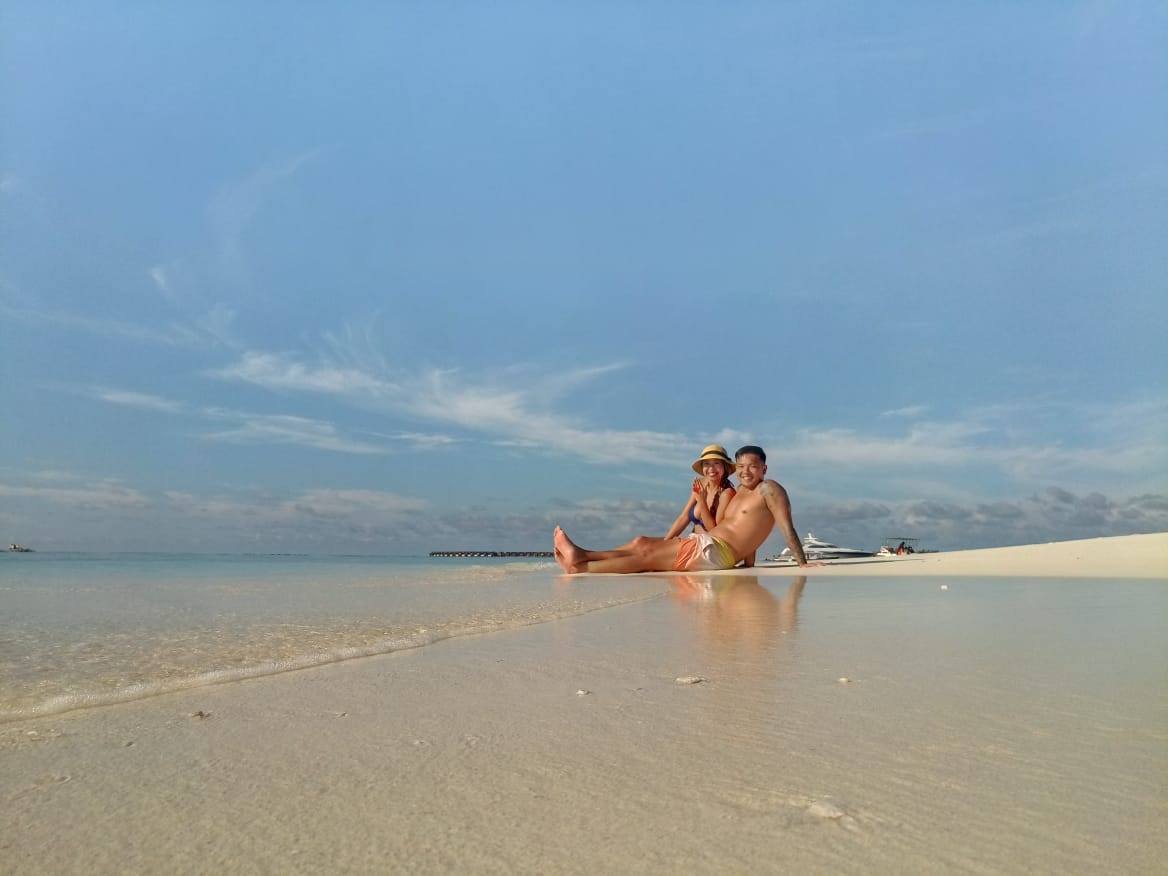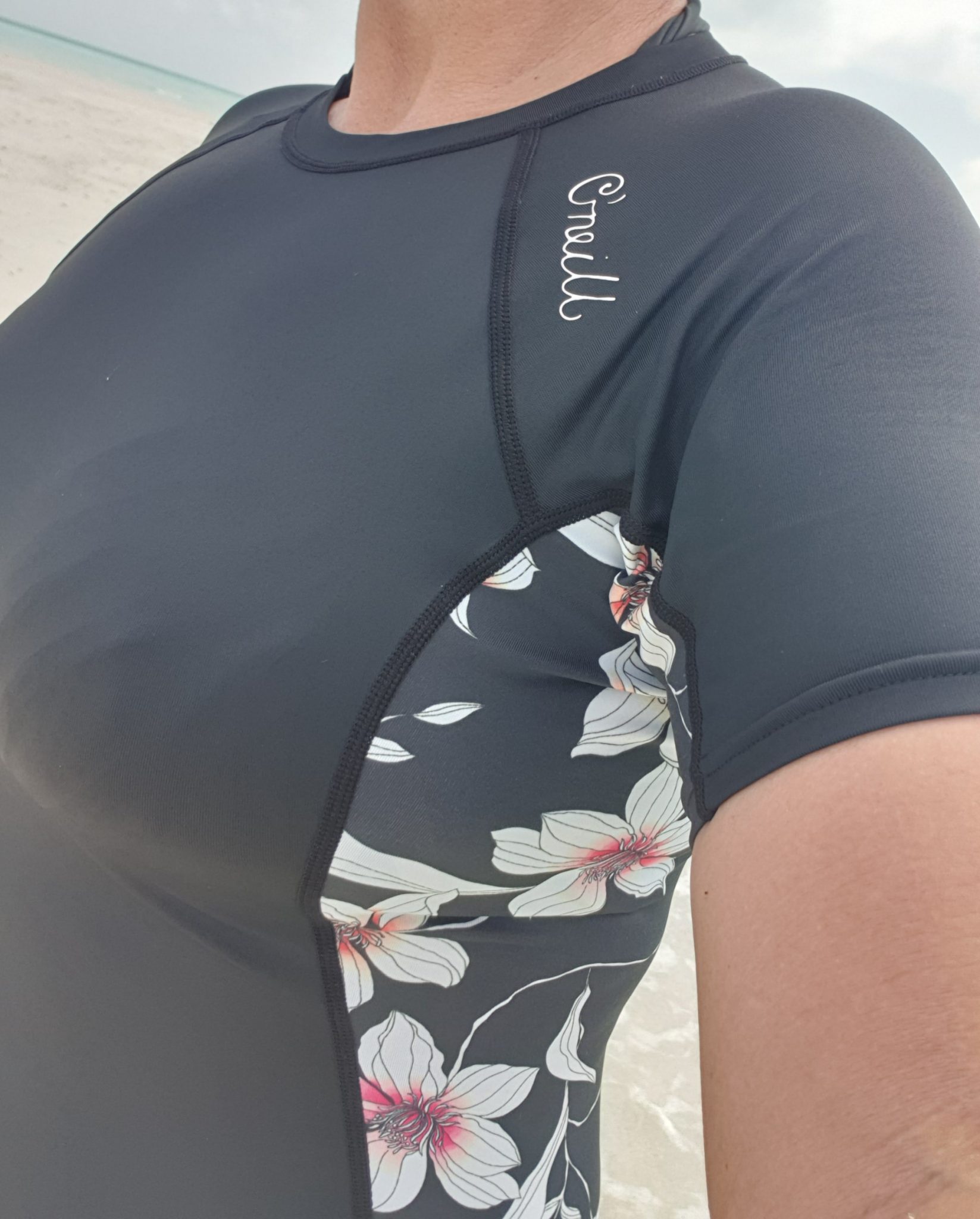WHY IS IT IMPORTANT TO USE REEF FRIENDLY SUNSCREEN?

One of our guests recently asked if we could recommend a reef- friendly sunscreen, which then got us thinking… actually how much do we know about reef-friendly sunscreens?
So what’s the background, why is reef -friendly sunscreen important?
We know that coral reefs are suffering due to many factors including climate change. Ocean temperatures are rising and the stress of warmer water causes corals to bleach. When corals bleach they lose their colour turning white. The coral is still alive but it is under severe stress which leaves it far more open to disease and death. In recent years scientific studies have shown that chemically based sunscreens can induce the same bleaching response in coral. In particular two chemicals – oxybenzone and octinoxate which are found in over 3,000 different sunscreen products have the greatest detrimental impact. When corals absorb these chemicals, it creates a similar reaction and response in them to the increase in water temperatures.Not only that but the presence of these chemicals in sea water allows viruses to thrive, again putting corals at high risk of catching an infection that could ultimately lead to bleaching and death.
We understand that from a manufacturing perspective there are currently no agreed-upon definitions, nor is production regulated or managed by a standard-setting organization. If you know otherwise let us know.
We have however read that ‘Protect Land + Sea” is a standard certification being used by one of the leading researchers in this field, so definitely a good one to look out for.We also believe that as yet no sunscreen has been proven to be completely safe for the ocean and terms such as “reef-safe” and “reef-friendly” purely indicate that the product has the least negative impact.
So what can we do to help?
Whilst there is plenty of work to be done on a global scale in order to save our fragile coral reefs, our individual choice to purchase reef-safe sunscreen can be of help! There are plenty of reef-safe products on the market for holiday makers and water sport enthusiasts to choose from, however, they are still not as readily available as traditional sunscreens.
In May 2018, Hawaii passed groundbreaking legislation that prohibited the sale of sunscreens made with oxybenzone and octinoxate. Wouldn’t it be great if other destinations were to follow their lead?
The following are the top products they listed as being currently available. You may be fortunate to be able to locate them locally at home either from a chemist, pharmacy, or specialist store or if unavailable there is the option to order online. Also worth looking out for them in the duty free area at the airport. Our advice would be to ensure you purchase in advance and prior to arrival in the Maldives.
– Manda Organic SPF 50 Sun Paste
– Raw Love SPF 35 All-natural Mineral Sunscreen
– Thinksport SPF 50 Sunscreen
– All Good SPF 30 Sport Sunscreen Lotion
– Babo Botanicals SPF 30 Clear Zinc Lotion
– Suntegrity Natural Mineral Sunscreen
– Badger SPF 30 Unscented Sunscreen Cream
– Raw Elements SPF 30
– Certified Natural Sunscreen
– Stream2Sea SPF 30 Mineral Sunblock
– Loving Naturals Clear Body SPF 30+ All-natural Sunscreen
– Reef Safe Oxybenzone Free Biodegradable SPF 50 Sunscreen
– Clean Screen Mineral SPF 30 Mattifying Face Sunscreen Broad Spectrum
Plus a couple of our own recommendations
– Nivea Sun Protect & Moisture SPF30
– Drunk Elephant’s Umbra Sheer Physical Daily Defence SPF 30
– Colorescience Sunforgettable Total protection Body Shield SPF50
– Green People Scent Free Sun Lotion SPF 30

Reef Friendly Sun Protection Tips
The key recommendation is to AVOID oxybenzone or octinoxate. Evidence suggests that oxybenzone and octinoxate are two of the more harmful chemicals for reefs found in sunscreens. These two chemicals can cause sunscreen-induced coral bleaching, so look for them in the ingredient list. Their absence indicates that the product is reef-safe. Note however, that while looking for oxybenzone free sunscreen the term oxybenzone may not be used and other molecule names can be used, such as benzophenone-3, or the chemical name (2-hydroxy-4-méthoxyphényl) and (phényl) méthanone.
Choose a non-nano, mineral-based formula.It has been shown that mineral-based sunscreens that use ingredients like zinc oxide and titanium oxide tend to be less damaging to coral reefs than their chemical counterparts. Ensure however that the sunscreen is labeled as “non-nano.” This means that the particles in the sunscreen are too large to be ingested by coral. It is also apparently more friendly to our bodies as the larger particles do not get absorbed into the skin. Note not all mineral based sunscreens are necessarily ‘non nano’.
- Use a sunscreen that you rub onto your skin. A cream or lotion is applied directly whereas a spray can dissipate into the air and consequently end up in the sand or ocean.
- Look for a high level of water resistance. A sunscreen that stays on longer when you’re in the water is less likely to wash off.
- To maximize the value of using sunscreen, always follow the application instructions provided.
- Wear sun protective clothing. Wearing clothing even if it isn’t UPF-rated, significantly reduces the need to wear sunscreen.
It is common for companies to label their products as “reef-safe” but always check the ingredients to be sure. Words such as “ocean safe’, ‘natural” and “green,” do not necessarily mean the product is reef safe.

Using reef friendly sunscreen alone will not protect the oceans and coral reefs. There are so many other actions that need to be taken worldwide by industry leaders and governments, not just by those of us who care about the eco-system or enjoy the delights of swimming, snorkeling and, diving.
However, we are big believers in small actions can create big change and as a sustainable tour company we support all actions that allow us to take responsibility of our environment.
If you would like to find out other ways of how to be a responsible tourist in the Maldives check out our previous blog or drop us an email.
